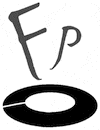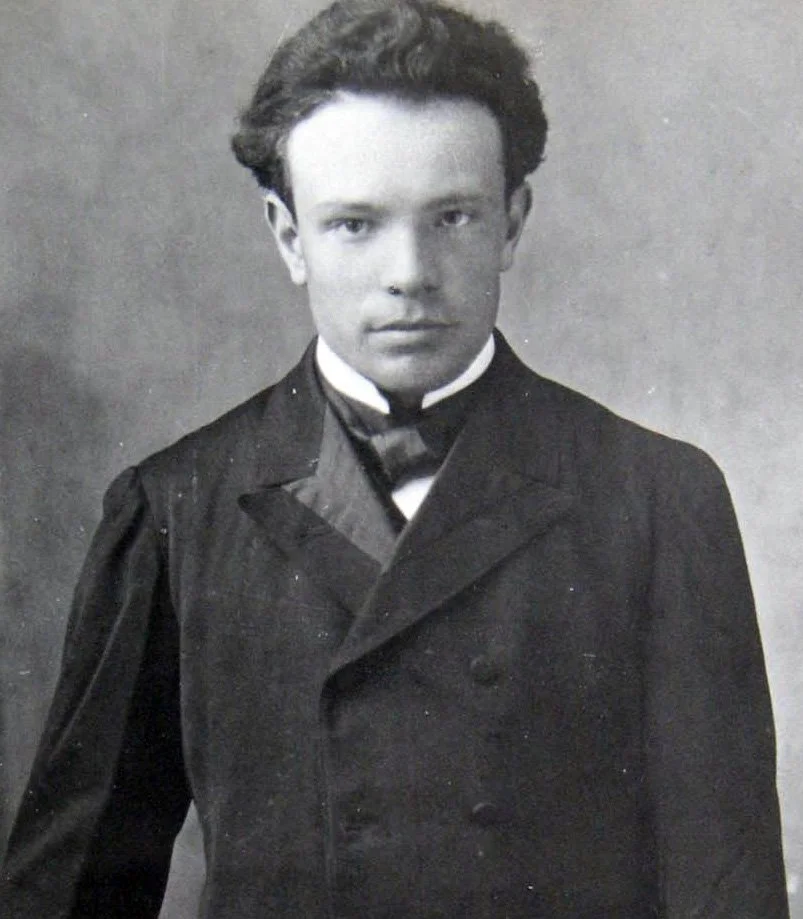✪ Review: Respighi Lives in the Chamber Orchestra of New York
In February, 2021 Naxos Records released a recording of works by Ottorino Respighi as performed by the Chamber Orchestra of New York, which includes the first printed edition of the composer’s Second Violin Concerto “all’Antica.” This was just the latest installment of the Music Director, Salvatore Di Vittorio’s decade long project reproposition of the lesser known works of the great early 20th Century composer in a new way for new listeners. It feels great to get a new appreciation for a composer’s music and to hear rediscovered pieces by a long gone composer. I experienced both in hearing the Chamber Orchestra of New York, under the direction of Salvatore Di Vittorio in recital at the Rockefeller University, in a noontime concert ten years ago. In honor of this ongoing project, I would like to reprint a review I wrote of that performance in 2012.
Salvatore Di Vittorio, a composer in his own right, has a great dedication to the music of Resphigi. In the early 2000s, he was invited by Respighi’s heirs and curator “to edit, orchestrate and complete several early Respighi works in their first printed, critical editions under the Ottorino Respighi Publications series with publisher Panastudio in Italy.” (according to the program notes to February 3, 2012 recital).
On this occasion the Chamber Orchestra played two works which were edited by Di Vittorio, Serenate, for small orchestra (in its U.S. premiere) and Aria for Strings. Both pieces were a revelation and a departure from our standard perception of Respighi’s music. As Di Vittorio remarked before the music began, the Serenate is more playful and more simply orchestrated than the larger and better known Respighi works. Then after a concertino by R. Strauss and the chamber version of Copland’s Appalachain Spring, the recital ended with the beautiful and soft Aria for Strings. The two Respighi pieces sat comfortably at the beginning and end of the performance, – with their transparent sonorities and calming structures, they cleansed the aural palate, so to speak. They show how Respighi was able to use the traditions that he inherited as a starting point for his later, more personal works. But this conformity to earlier norms does not in any way diminish the beauty and value of these pieces. From our perspective in the 21st Century, it is no longer relevant whether a piece was at the forefront of new forms when it was written a century ago, – what matters to us now is the worth of the music itself. And in this, the two pieces hold up beautifully.
As part of their ongoing efforts to bring the Respighi oeuvre to light, Salvatore Di Vittorio, Chamber Orchestra of New York and Panastudios collaborated on several recordings of these works. The Aria for Strings is featured on a Naxos recording that was released in June, 2011, and the
Respighi in 1903
Serenate for Small Orchestra was released in 2012. The 2011 recording, which features the Violin Concerto in A major, also contains the Suite for Strings, which like the Aria for Strings is a warmly neo-Baroque piece that proves that these classical forms are still very viable and alive. Also on this disc is the Rossiniana, a suite full of arietta melodies, percolating flutes and Italian folk dance rhythms that pay homage to that great composer and delight the listener.
Read about De Vittorio’s ongoing Respighi project here, on the maestro’s website or the website for Chamber Orchestra of New York, “Ottorino Respighi.”

